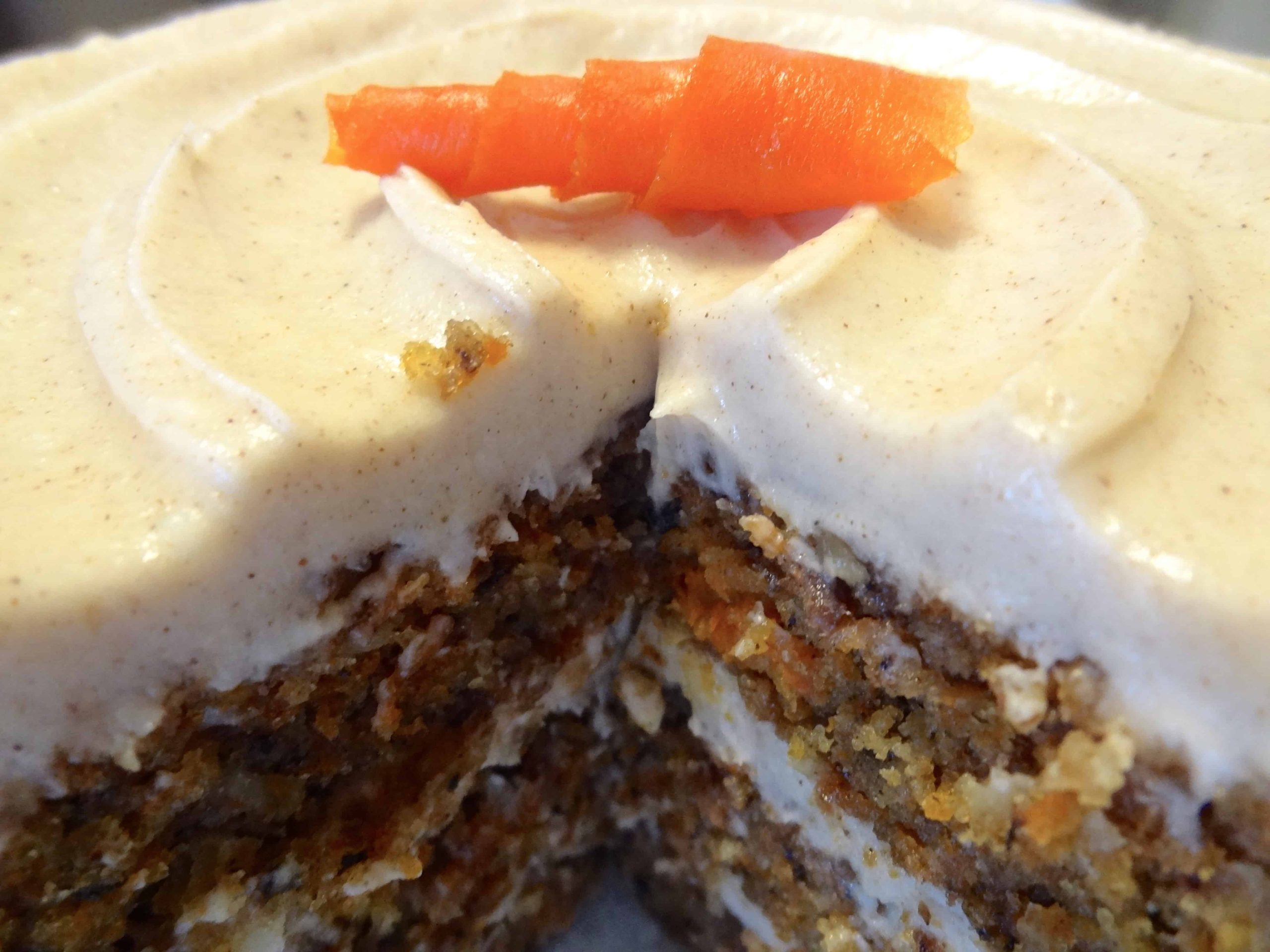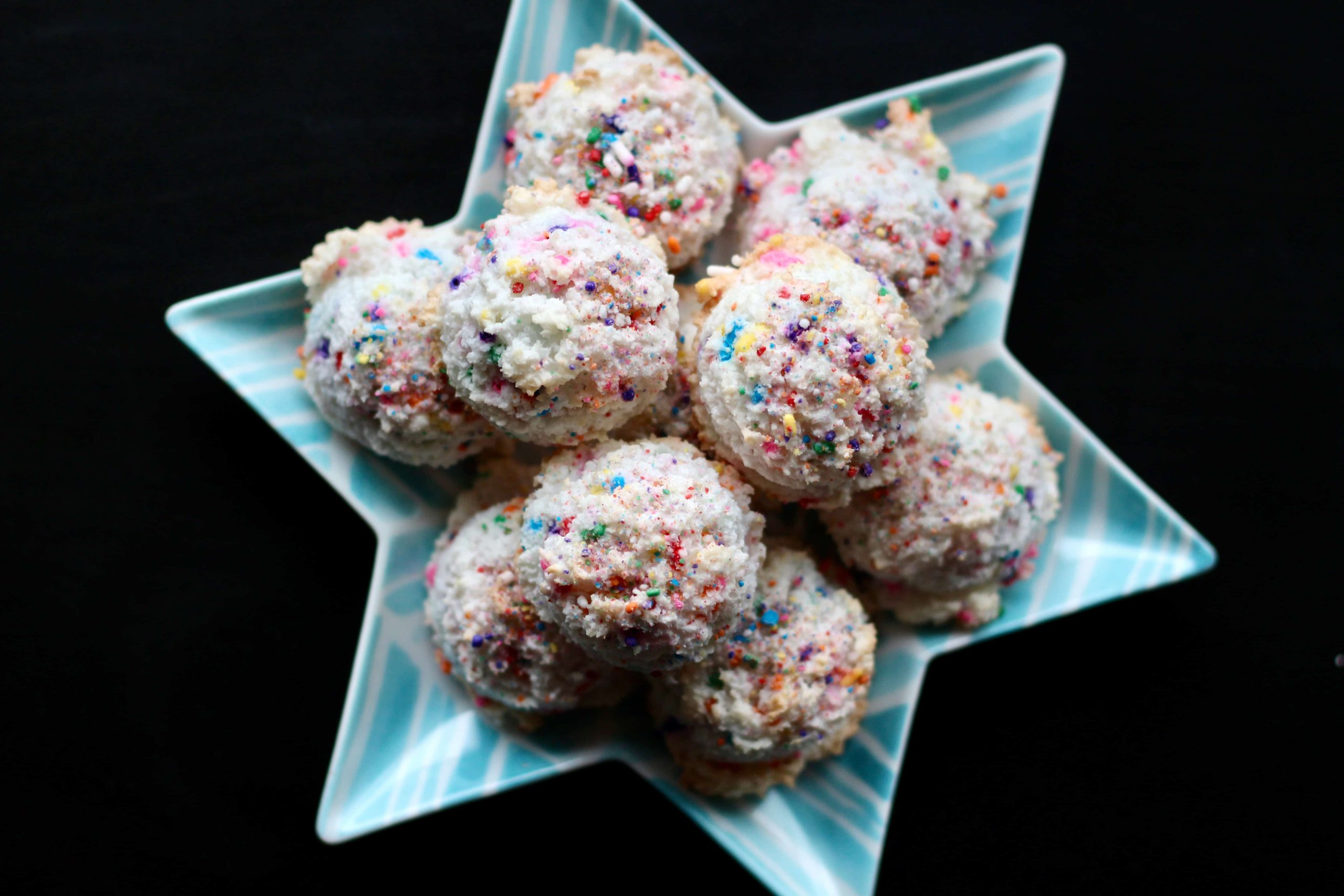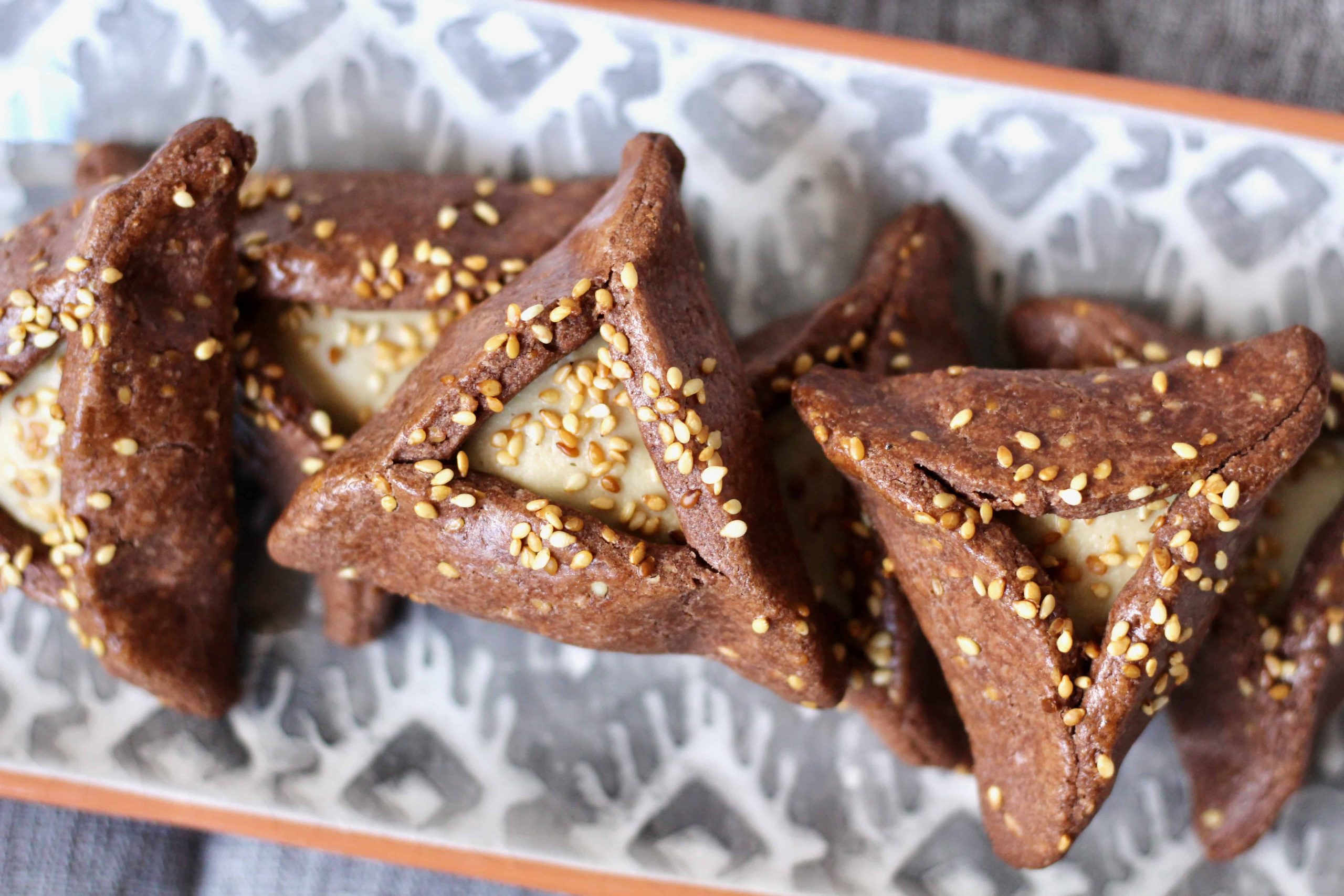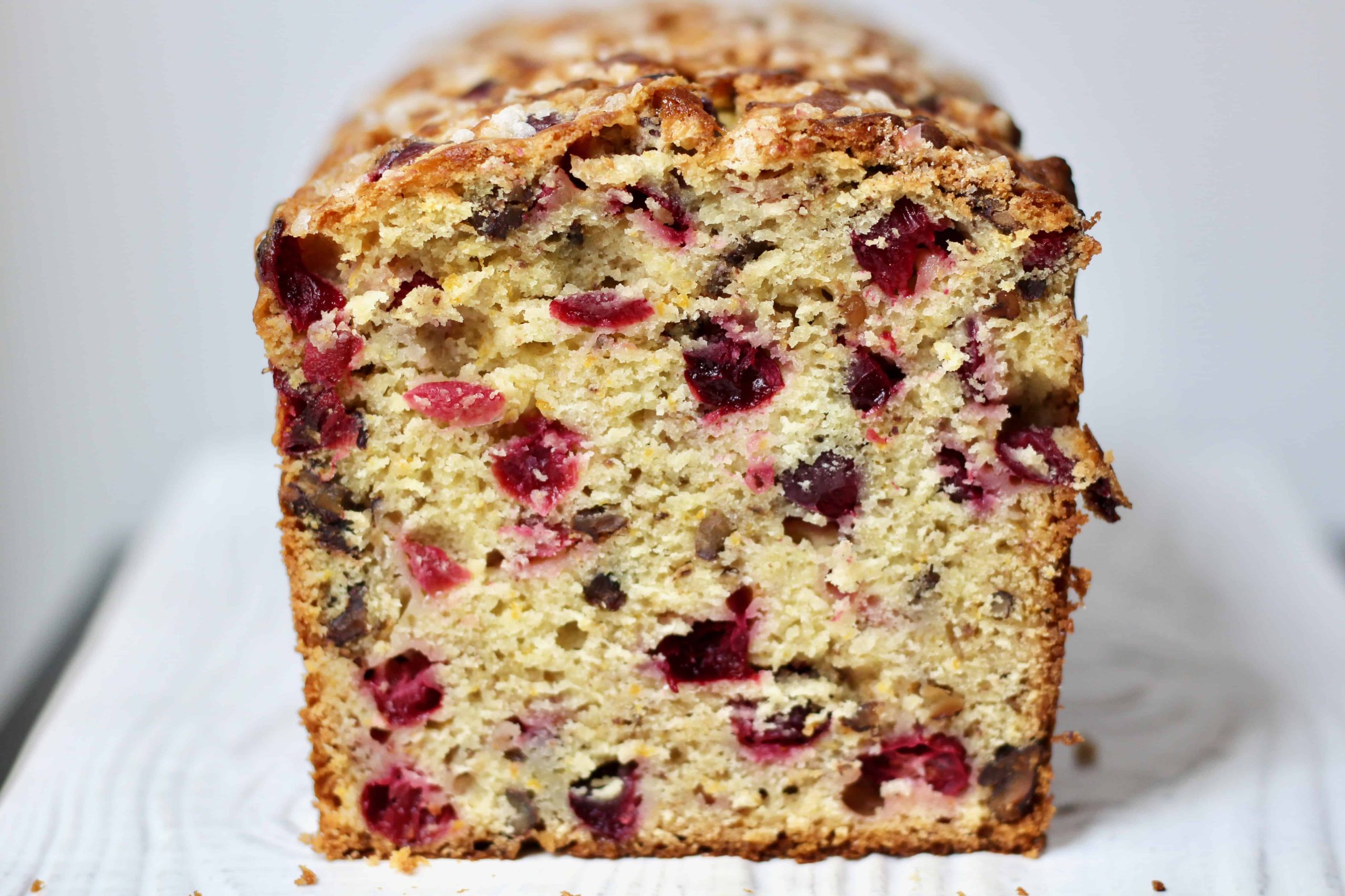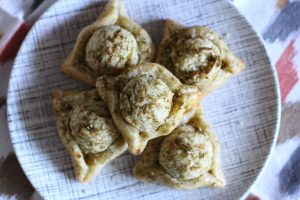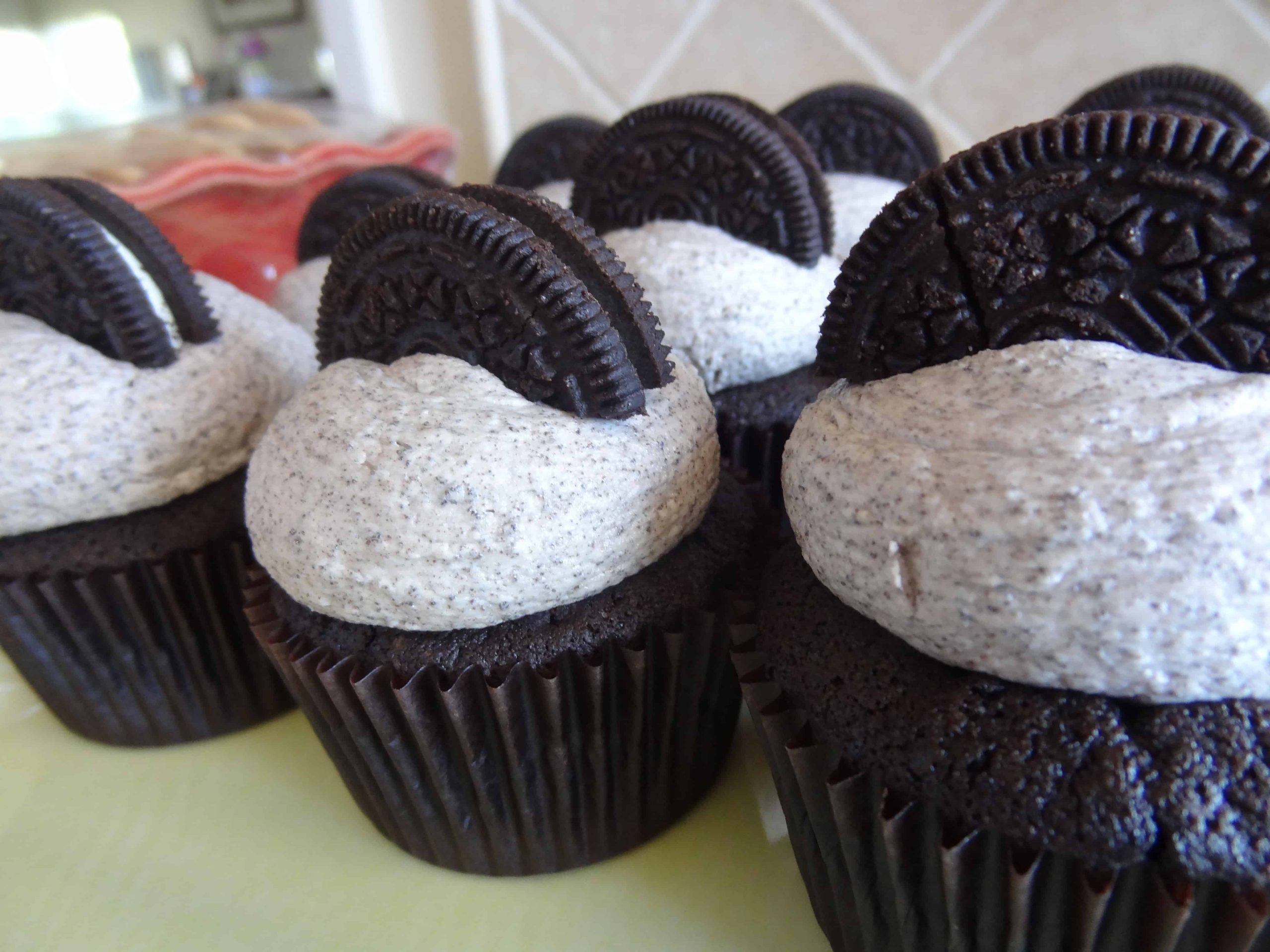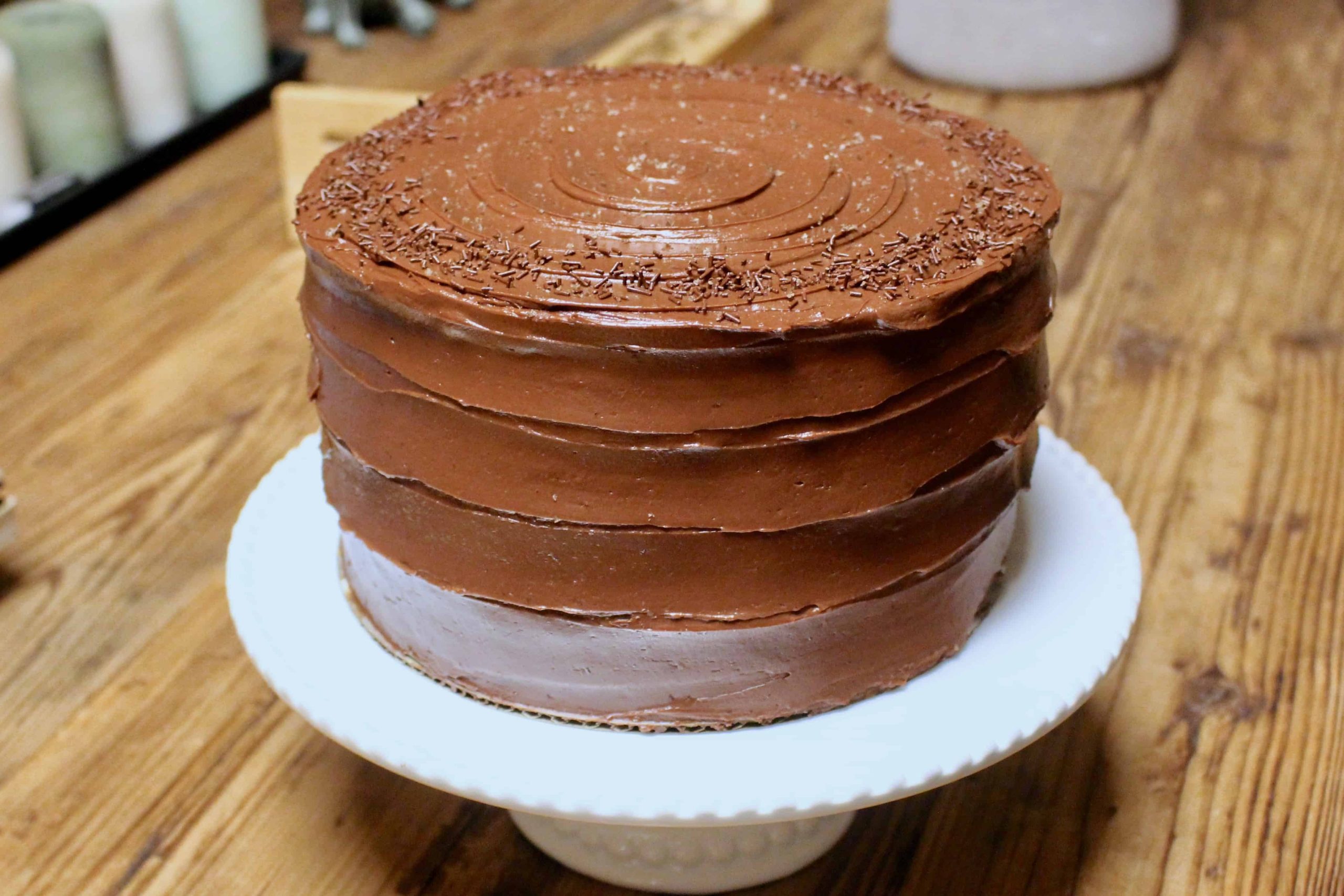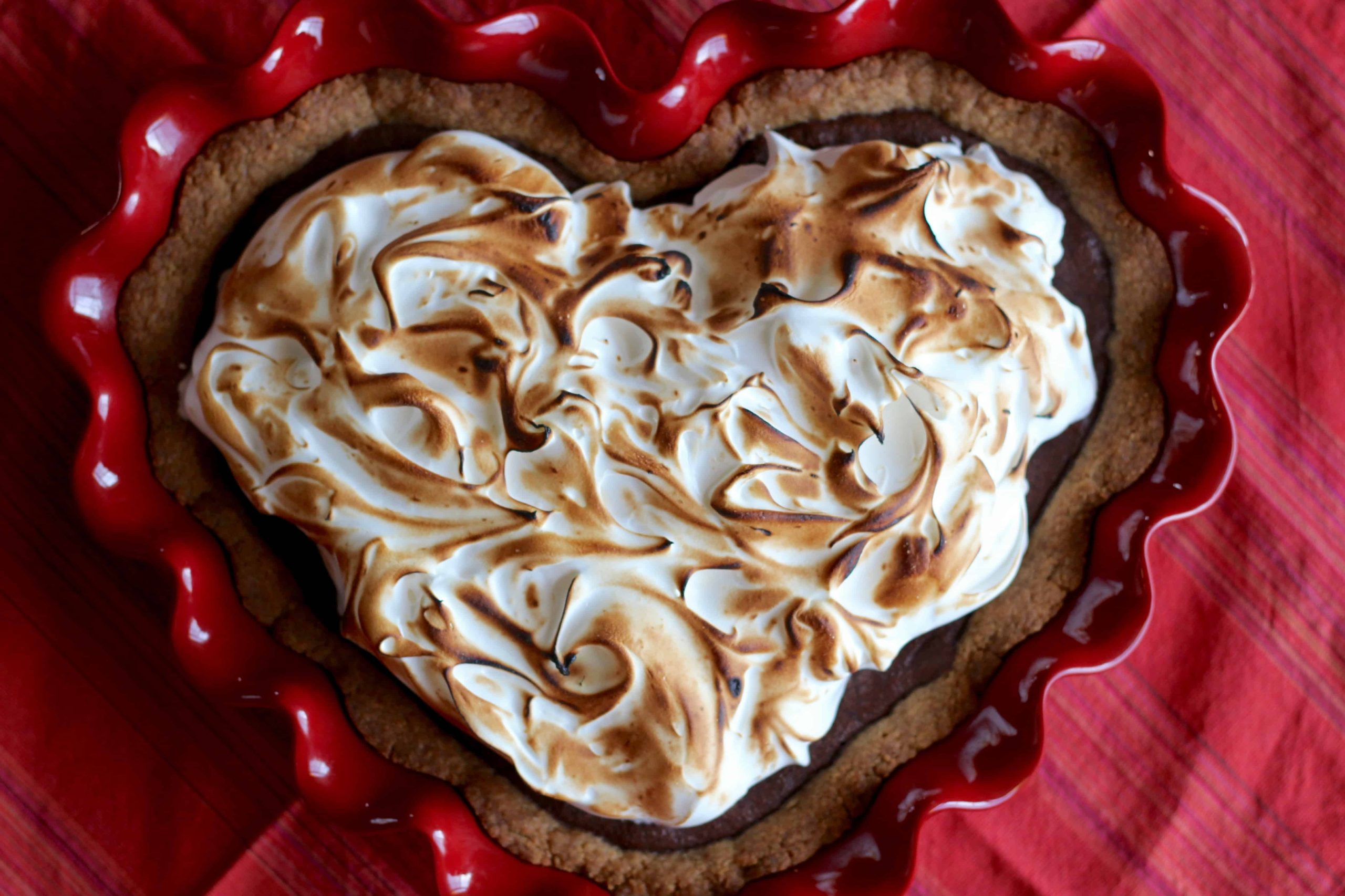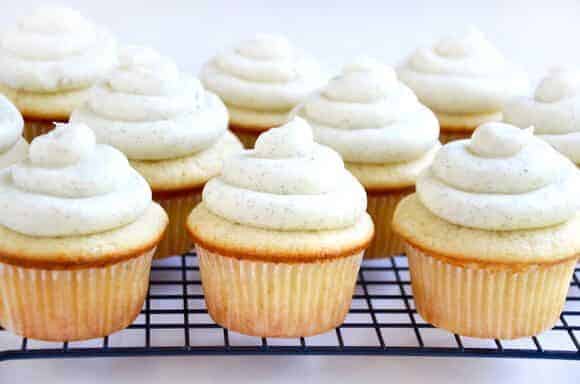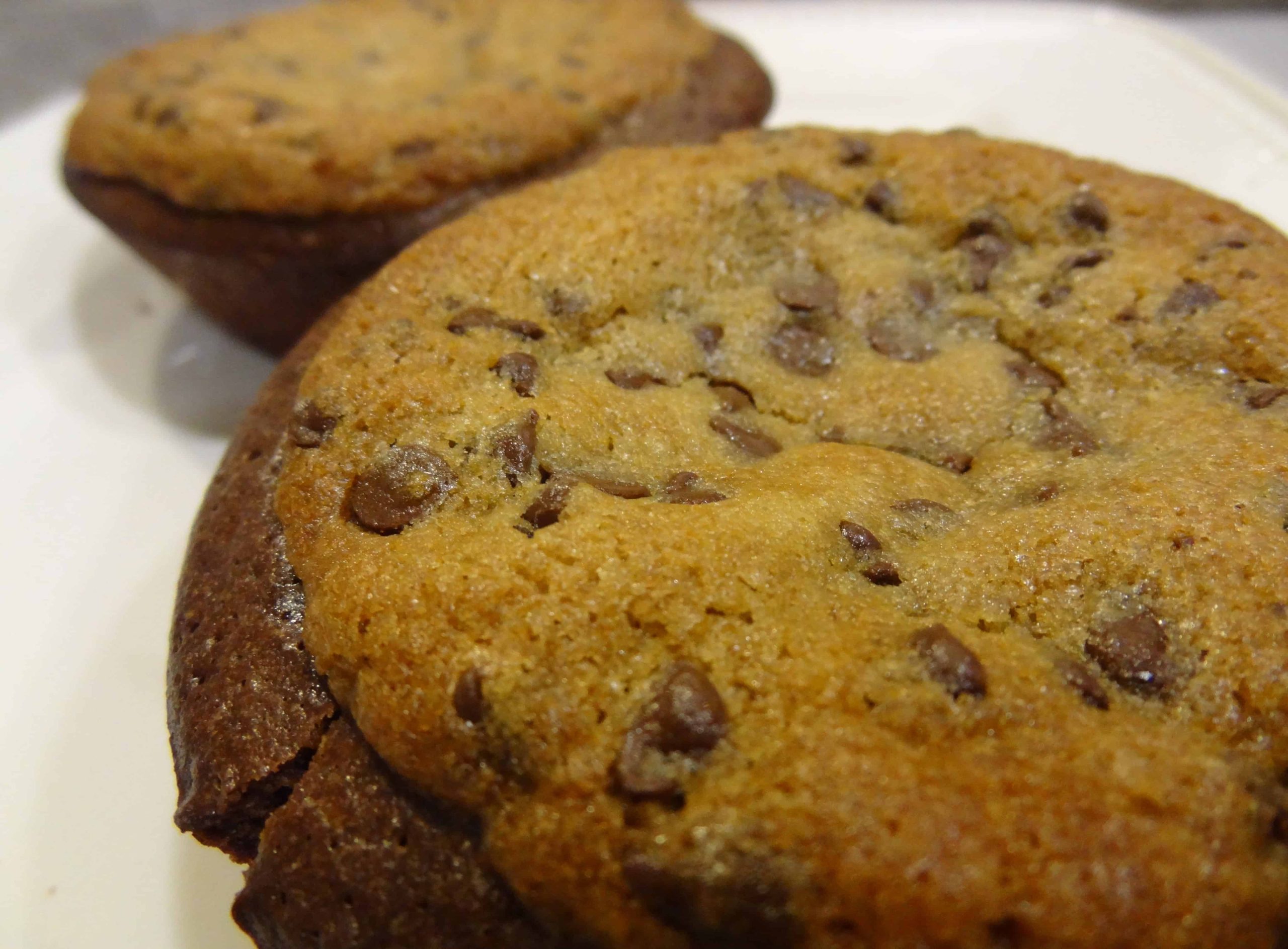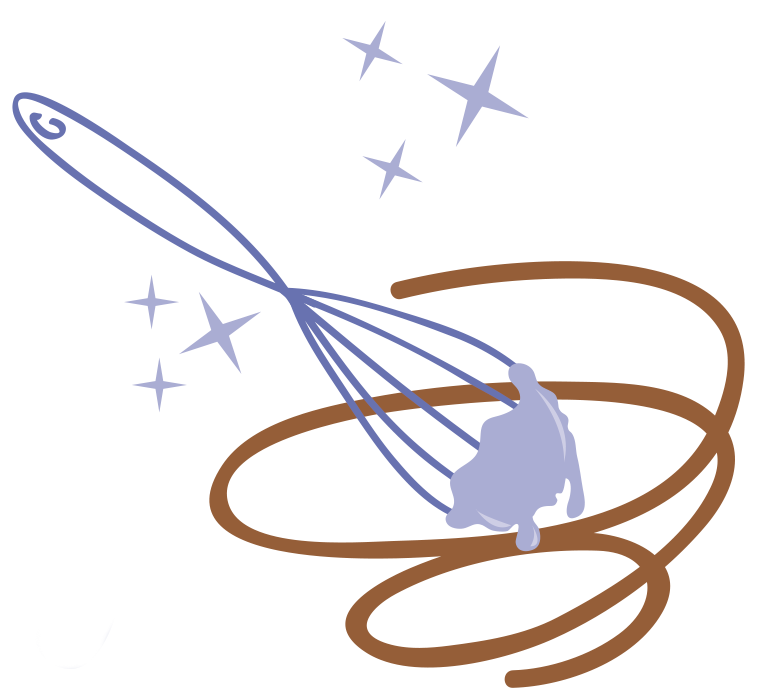
They say, “If it ain’t broke, don’t fix it”. In the case of hamantashen and knishes, two very different and beloved Jewish pastries, there definitely ain’t nothin broke. But sometimes two great things can create an even better marriage. Take, for example, the “knishentashen”. The… k-nishen-what-now? This mash-up of hamantashen and knishes was created by the ever-brilliant Molly Yeh. Like, who else would come up with this savory Jewish frankenstein pastry for Purim? A couple of years ago she invented this beautiful concept, with which I became immediately smitten. It essentially amounts to a potato filling with some other flavor mixed in, cradled in a savory pastry which is shaped into a hamantashen triangle, and thus left open on top, rather than all wrapped up like a traditional knish. You follow me? Again, brilliant. Molly’s version was a “salt and vinegar” flavor, which sounds great, except that hers were laden with onions, one of the foods on this good Earth that I don’t want anywhere me.
My first foray into the wild and wonderful world of knishentashen was last year with my Roman-inspired Cacio e Pepe version. The potato and cheese puffed up all messy-like and the cheese turned golden and crisp, and I was so completely in love with them. So I knew that in picking the flavors for my “10 Days of Hamantashen” series, I would certainly include a couple of savory offerings. These Za’atar Feta Knishentashen turned out surprisingly different than the first version, in that the potato filling scoops stayed completely in place, resembling scoops of ice cream (which makes sense because I used an ice cream scoop to portion the filling). The feta obviously doesn’t melt like other cheeses, so the filling did not puff up at all; still, they were no less delicious– the combination of za’atar and feta is one of my favorites in the realm of Israeli cuisine, and it blended nicely with the soft, pillowy potato. I didn’t change the pastry shell in any way because it is perfection and needs absolutely nothing, except to be stuffed in yo face.
Start here for the beginning of “10 Days of Hamantashen”. Next is Mexican Chocolate!

Za’atar Feta Knishentashen
Adapted from Molly Yeh
Yields 12 servings
For the dough:
- 1 ¾ cups + 2 tablespoons (225g) all-purpose flour, plus more for dusting
- 2 teaspoons granulated sugar
- 1 teaspoon kosher salt
- ¼ cup (50g) extra-virgin olive oil
- ½ cup (118g) water
For the filling:
- 1½ pounds (680g) russet potatoes, peeled and cut into small cubes
- 1½ tablespoons kosher salt, divided
- 1 tablespoon unsalted butter
- 1 tablespoon extra-virgin olive oil
- 1⅓ cups (150g) feta cheese, diced and drained if packed in water (weight after draining)
- 1 tablespoon ground za’atar
For assembly:
- 1 large egg, lightly beaten
- 2 teaspoons za’atar
Preheat an oven to 400°F. Line a rimmed half-sheet pan with parchment paper and set it aside.
To make the dough:
Whisk the flour, sugar, and salt together in a large bowl. Stream in the oil and water and stir with a wooden spoon until the dough starts to come together in a shaggy mass. Transfer it to a lightly-floured work surface and knead for 5-7 minutes, dusting with flour as needed, until the dough has become smooth and slightly tacky, yet with a silky texture; form it into a ball. Leave the dough on the work surface and cover it with plastic wrap or a kitchen towel, letting it rest at room temperature during preparation of the filling. It should become very silky while it rests.
To make the filling:
Place the cubed potatoes with 1 tablespoon kosher salt in a medium pot of cold water and bring it to a rapid boil. (The water should cover the potatoes by 1″.) Cook for an additional 10 minutes or so, or until the potatoes are very tender. Drain them into a colander and let them sit for a few minutes until most of the water is gone. Transfer the potatoes back to the pot or to a large bowl and add the butter, olive oil, feta, za’atar, and remaining ½ teaspoon salt to the pot and mash all the ingredients together until the potatoes are mostly smooth. (The feta will get broken up into tiny bits, but will not fully blend into the potatoes.) Set aside the filling to cool while you work with the dough.
To assemble the knishentashen:
Re-flour the dough work surface and divide the dough into 12 equal pieces with a bench scraper or sharp knife. Roll each piece into a ball, then roll out or flatten each ball into a 4″ circle; brush the dough rounds with a thin layer of eggwash. Scoop about 1½ tablespoons of the potato filling onto the center of each piece of dough; I find that a spring-loaded ice cream scoop works great for even, well-shaped scoops.
Carefully fold the edges up and around the filling and firmly pinch the dough together at three points to form a triangle. Transfer the pastries to the prepared sheet pan, spacing them a couple of inches apart. Brush the outside of the dough (not the potato) with eggwash and sprinkle each triangle with za’atar over the top.
Bake until the tops of the potato domes are a bit golden and the edges of the pastry dough are crisped; begin checking for doneness at 20 minutes (mine cooked for 23), rotating the pan halfway through.
Set the pan on a wire rack to cool a bit, but do enjoy these warm! Leftover knishentashen can be stored in the fridge for a few days in an airtight container and reheated in the oven. (My countertop toaster oven reheated these beautifully at 350°F for about 10 minutes.) They also freeze quite well, for at least several weeks.


© Dafna Adler & Stellina Sweets, 2020.




